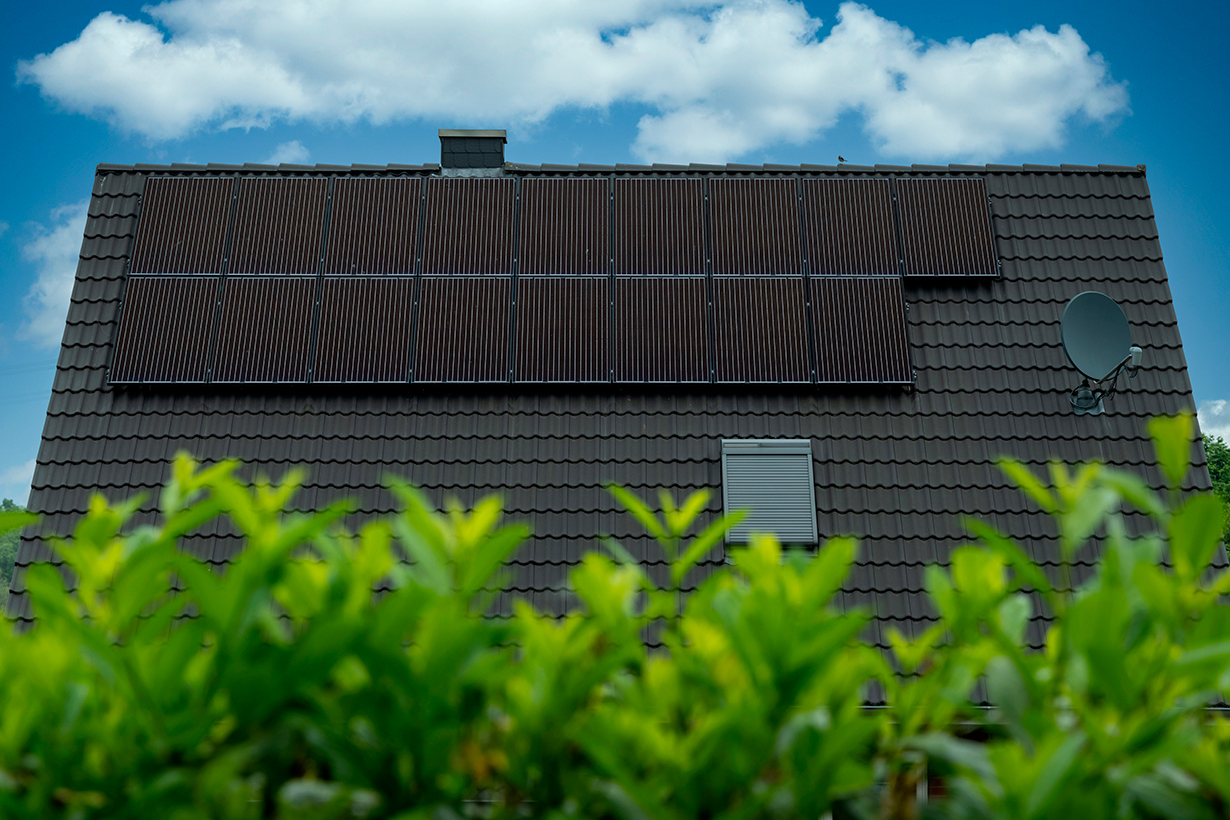CLOSE
About Elements
TANAKA is a leading company in the field of precious metals.
Advanced materials and solutions that support societal progress, the development stories behind them, the voices of engineers, and our management philosophy and vision—
Elements is an online media platform that shares insights that lead to a better society and a more prosperous future for the planet under the slogan “Mastering Precious Metals.”

The dream artificial photosynthesis technology ventures from the laboratory

Korean researchers are striving to turn artificial photosynthesis technology into reality to achieve carbon neutrality or accomplish a net carbon emission value of 0. Artificial photosynthesis is a technology that mimics natural photosynthesis by using the received sunlight energy to convert carbon dioxide into high-value compounds such as ethylene, methanol, and ethanol.
However, economic and technical constraints have allowed the petinent research to progress only under the laboratory conditions; this research has been classified into the fields of solar cell research and carbon dioxide conversion research.
Small-scale research under the laboratory conditions on the implementation of artificial photosynthesis implies that there are still many obstacles that need to be overcome to accomplish practical applications.
It was reported that the research team led by Dr. Hyung Suk Oh and Dr. Woong Hee Lee of the Clean Energy Research Center at the Korea Institute of Science and Technology in collaboration with Dr. Jae Soo Yoo of Kyung Hee University developed nanometer-sized branch-shaped tungsten-silver catalyst electrodes that can acquire carbon monoxide in high yields from the electrochemical carbon dioxide conversion system.
These can also be used for combining the carbon dioxide conversion system with silicon solar cells to attain a large-scale artificial photosynthesis system that can be operated in real solar environments.
The developed catalyst can be applied to carbon monoxide production systems that operate by converting gaseous carbon dioxide to carbon monoxide; these showed more than 60% increase in carbon monoxide yield than conventional silver catalyst and remained stable even after 100 h of experimentation.
Furthermore, the enhanced efficiency and durability of the former from the catalyst material perspective were studied using electron microscopy and real-time analysis, and it was discovered that the three-dimensional structure of the catalyst and the crystal structure of the branch shape contributed to the high yield.
The researchers further used the said catalyst to develop an artificial photosynthesis system by combining a carbon dioxide conversion system with 120 cm2 commercialized silicon solar cells, and the system operated smoothly.
This system exhibited a high sunlight-to-compound conversion efficiency of 12.1%, which is the highest value reported for all artificial photosynthesis systems based on silicon solar cells developed to date. The system also successfully converted carbon dioxide into carbon monoxide with high efficiency solely in the presence of sunlight in an outdoor environment.
Dr. Hyung Suk Oh of KIST said, “We developed a meaningful artificial photosynthesis system that directly operates through sunlight in real solar environments by using commercialized silicon solar cells.
If high-efficiency artificial photosynthesis technology can be put into practice based on this study, we can reduce the emission of greenhouse gases by converting the carbon dioxide that is exhausted from steelworks and petrochemical plants into carbon monoxide, and we can produce basic chemical compounds manufactured in petrochemical plants through the artificial photosynthesis method, which practices ‘carbon neutrality’.”
This study was conducted with the support of the Ministry of Science and ICT (Minister, Hye-Sook Lim) as a carbon-to-X technology development project for KIST’s institutional research projects and the production of useful substances. The results of this study were published in the latest issue of Applied Catalysis B: Environmental (IF: 19.503, top 0.943% in the JCR field), an international journal specializing in the energy environment.
Research Report: “Dendrites as efficient and durable electrocatalyst for solar-to-CO conversion using scalable photovoltaic-electrochemical system”
This article was from SpaceDaily.com and was legally licensed through the Industry Dive publisher network. Please direct all licensing questions to legal@industrydive.com.
![]()







